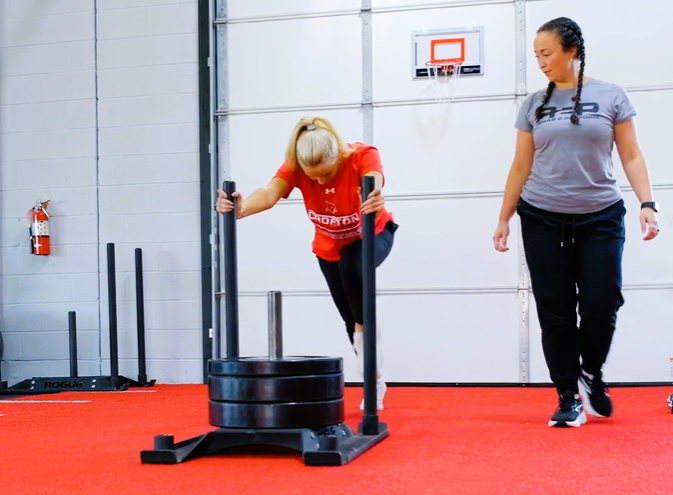The Myths That Lead to January Injuries and How 2 Avoid Them

When people restart their fitness routine, they usually do it with the right intentions and the wrong strategy. Motivation is high, energy is good, and the desire to finish the year strong is real. The problem is not effort. The problem is that your body is not ready for the intensity you want to throw at it after time off or inconsistent movement.
If you want to stay injury free and start 2026 feeling confident, you need to know what not to do. These are the mistakes physical therapists see every year and they are completely preventable.
Mistake 1. Starting Too Fast
Most people increase intensity too quickly. After a period of reduced movement or disrupted routines, your tissues lose some load tolerance. Muscles feel tighter, joints feel stiff, and your normal workout weight or mileage is suddenly harder. Start at 50 to 70 percent of your usual level and let your body re adapt.
Mistake 2. Stretching Instead of Strengthening
When something feels tight, the reflex is to stretch it. The issue is that tightness is often a sign of weakness or instability. Stretching alone will not fix the problem. Strengthening the surrounding muscles gives your joints the support they need and reduces the feeling of tightness over time.
Mistake 3. Copying Advanced Programs
It is easy to see a workout online and jump straight into it. The problem is that those programs are designed for people who have been training consistently. Your first few weeks should focus on restoring movement quality rather than chasing intensity, reps, or speed.
Mistake 4. Ignoring Warm Ups
Busy schedules often lead people to skip warm ups entirely. Warming up improves blood flow, mobility, muscle activation, and joint readiness. Even a five minute warm up can significantly reduce the risk of injury.
Mistake 5. Training Through Pain
There is a difference between effort and warning signs. Soreness is normal. Sharp or persistent pain is not. If something hurts during basic movement patterns, stop and evaluate. Training through discomfort usually leads to larger problems later.
Why These Mistakes Matter More
Cold weather tightens tissues, holiday stress increases tension, and inconsistent activity patterns make your body less prepared for sudden increases in volume. These factors combined with common training mistakes create the perfect environment for early season injuries.
What 2 Do Instead
- Start slow and progress weekly
- Use warm ups that include breathing, mobility, and activation
- Prioritize strength work to support key joints
- Improve movement quality before intensity
- Address pain early instead of pushing through
Consider a Movement Assessment
A movement screen can identify imbalances, weak links, or mobility restrictions before they become painful. This is one of the most effective ways to prevent the common injuries that appear in January and February.
Ready 2 Restart Safely
If you want guidance that matches your goals and your current movement level, our team can help you build a smart, sustainable plan for December and the New Year.
Grab Your Free Consult & Movement Assessment Here
About Rehab 2 Perform
Rehab 2 Perform is a cutting-edge health and wellness company changing expectations of the healthcare experience. With 14 locations across the DC, Maryland, and Virginia region, R2P delivers a gym-based, movement-driven approach to rehabilitation and performance. The company’s team of physical therapists is dedicated to helping individuals of all ages and abilities move, feel, and perform better for life. Schedule Now
